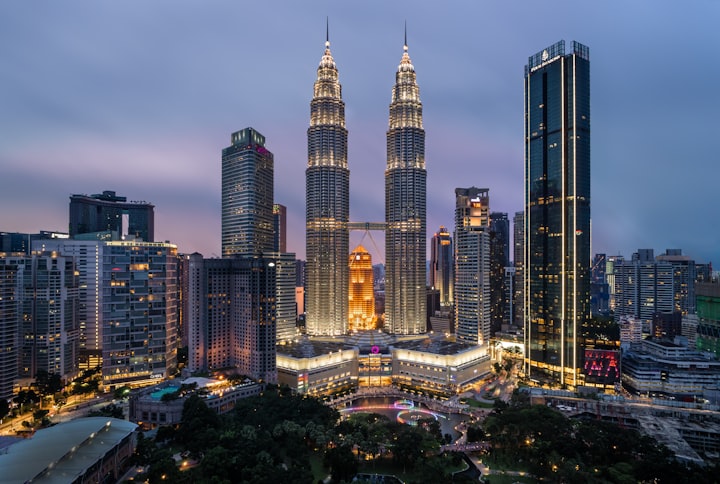
Our hike started on a bright and crisp spring morning. We set out the door, coffees in hand, and poles strapped to our packs, expecting snow at the top based on the recent reports. My dad and I got in the car and pushed on to the highway; blinded by the rising sun.
By the time we got to the trailhead of Mailbox Peak, the weather had shifted. We could see the clouds looming over the mountains from the minute we had got on the highway, so what had been a bright spring morning was now overcast and chilly. Regardless, we laced up our boots and slung our packs back on. The trailhead was about a third of a mile down a forest service road, past the new trailhead, which is very enticing and marked with freshly laid gravel and large rocks for benches. The new trail and the old trail converge towards the top of the peak, but the new trail provides a more gradual ascent with less aggressive switchbacks. Reaching the old trail, we started up the mountain.
Sounds
Any hike along the Snoqualmie pass corridor is the same in a way. The constant, low, drone of the cars on I-90, along with the constant boom of planes going to and from SeaTac, means that there is really no silence at all. The sounds that we associate with wilderness, birds, the wind in the trees, everything is drowned out by the noises of human activity. It’s better than in the city, you can’t argue that, but in a way it’s almost just as bad. We go to these places to escape our modern lives, but in reality our modern society is almost inescapable. You can shut your eyes, choose what you touch or taste, breathe through your mouth instead of your nose, but hearing is the only sense that we ultimately have no control over.
Conversations
My dad and I had some good conversations on the hike about school, what I had been learning in class, my recent career ideas. One, however, stuck out to me more than the others. My dad has worked for the department of natural resources, fighting wildland fires in the summer, for years, so he knows quite a bit about how our forests are run and managed. He was explaining to me that our forests that are not part of national parks or state parks are kind of like our state’s bank account. The trees on government land are like a crop, they can be sold to lumber companies whenever we need the money. To the state, the trees are just dollar signs, a crop to be harvested. After that I couldn’t help but see how artificial it all seemed.
Summit
After a long and agonizing hike through forest, melting slush falling from the trees, and finally up the snow the extended from the tree-line up, we reached the top. At the top of Mailbox Peak there is, as the name suggests, a mailbox. It’s a take something/leave something mailbox, so my dad put in a bracelet and pulled out a king county search and rescue patch that’s now hanging on my tack board in my room. The view from the top was great; we could see North Bend down below and Bellevue in the distance.
Conclusions
Why do we go to zoos? We know that the animals there are just representations of their wild counterparts, not truly themselves, spending their lives pacing back and forth in their tiny prisons. There’s something about seeing these animals, even in their deprived and domesticated states, that impresses and humbles us. Mailbox Peak, like all of the other hikes in the central cascade region for that matter, is not truly wild. Like an animal in a zoo, it gives a glimpse into a wilder place, and at first glance it really does feel like you’re setting out into the unknown. Despite the constant presence of human activity, the perpetual noise, the inevitable sight of the city, and the fact that none of that forest is even truly protected, people still make the trek every day. Just like a zoo, there’s something about this artificial wilderness that gives us relief. We know that there are probably better places we can go to feel completely isolated, it’s not like that is too much more of an effort in this state, but even this gives us a feeling we can’t explain.
Is this really good though, or is it just a quick fix? Most people will only ever go on short hikes like this, thinking that they are feeling pure wilderness, but there’s a reason Sig Olson wrote his piece “Flying In.” There’s something more to a longer trek, being fully immersed, that you really can’t explain. Day hikes are good, but they are a completely different type of experience, a silhouette of real wilderness.






Comments
There are no comments for this story
Be the first to respond and start the conversation.